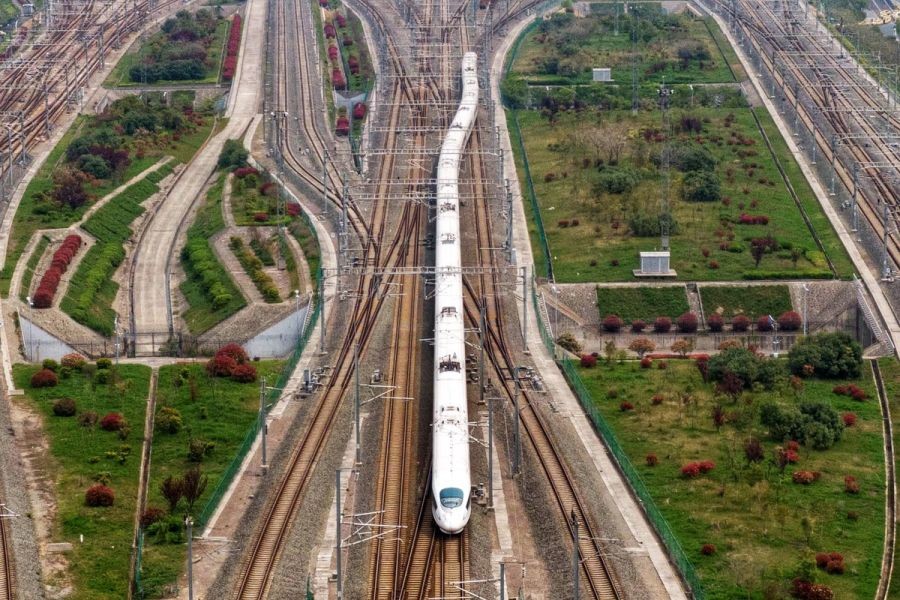New Zealand's rail network is a critical component of its transportation infrastructure, yet it often finds itself in the shadows of rail systems from countries like Japan, Germany, and the United States. While each of these nations offers unique strengths in rail transport, New Zealand's system is distinct in its challenges and opportunities. Understanding how New Zealand's rail network compares globally is essential for innovation consultants seeking to enhance local infrastructure and adapt global best practices to Kiwi needs.
The Current State of New Zealand’s Rail Network
New Zealand's rail network spans approximately 4,000 kilometers, primarily serving freight transport across the North and South Islands. KiwiRail, the state-owned enterprise, manages most of the country’s rail services. According to the Ministry of Business, Innovation and Employment (MBIE), rail contributes significantly to the economy by reducing congestion and environmental impact compared to road transport. Yet, a 2023 report from Stats NZ highlights that only about 15% of New Zealand's freight is transported by rail, far less than the 40% in Germany, indicating room for growth and innovation.
Case Study: Germany’s Integrated Rail System
Problem: In the late 1990s, Germany faced a fragmented rail network struggling with inefficiencies and declining passenger numbers.
Action: The country embarked on a comprehensive modernization and integration strategy, leveraging technology to enhance connectivity and efficiency. This included the development of high-speed rail lines, digital ticketing systems, and seamless intermodal transport links.
Result: By 2015, Germany's rail sector had transformed into one of the most efficient and widely used in Europe, with Deutsche Bahn reporting a 25% increase in passenger numbers and a 30% reduction in operational costs.
Takeaway: New Zealand can draw inspiration from Germany’s integration of technology and infrastructure. Implementing similar strategies could increase rail usage, contributing to economic growth and environmental sustainability.
Pros and Cons of New Zealand’s Rail Network
Pros:
- Environmental Benefits: Rail transport produces fewer carbon emissions compared to road transport, aligning with New Zealand’s sustainability goals.
- Reduced Road Congestion: Increasing rail freight can alleviate road congestion, particularly in urban areas.
- Potential for Tourism Growth: Expanding passenger rail options could boost tourism by providing scenic travel opportunities.
Cons:
- Infrastructure Challenges: Many rail lines require significant upgrades to meet modern standards.
- Limited Passenger Services: Passenger rail services are underutilized, with limited routes and frequency compared to countries like Japan.
- High Investment Costs: Modernizing rail infrastructure requires substantial investment, posing budgetary challenges.
Debunking Myths About Rail in New Zealand
Myth: Rail is outdated and irrelevant in a modern economy.
Reality: Countries like Japan and Germany showcase how advanced rail systems can drive economic growth and sustainability.
Myth: Rail investments are not economically viable.
Reality: A 2022 report from the Reserve Bank of New Zealand indicates that every dollar invested in rail infrastructure can yield up to $2.50 in economic benefits through reduced congestion and environmental impact.
Myth: Rail cannot compete with the flexibility of road transport.
Reality: While road transport offers flexibility, high-speed and freight-optimized rail can provide cost-effective, reliable alternatives for specific routes and cargo types.
Future Trends and Predictions for New Zealand’s Rail Network
The future of rail transport in New Zealand is promising, with the potential for significant technological and infrastructural advancements. By 2030, experts predict that increased investment in rail could double its share of freight transport to 30%, driven by initiatives such as the New Zealand Rail Plan and the Government Policy Statement on Land Transport. Additionally, the integration of AI and IoT in rail systems could enhance operational efficiency and passenger experiences, similar to innovations seen in European networks.
Conclusion: Charting a New Course for New Zealand’s Rail Network
The comparative analysis of New Zealand's rail network against global counterparts reveals both challenges and opportunities. By leveraging global best practices and focusing on strategic investments, New Zealand can enhance its rail infrastructure to meet modern demands and contribute to economic growth. As innovation consultants, the path forward involves advocating for policy support, facilitating stakeholder collaboration, and identifying technology-driven solutions that align with New Zealand's unique context.
What’s your take on the future of New Zealand’s rail network? Share your insights and join the conversation below!
Related Search Queries
- New Zealand rail network map
- Benefits of rail transport in NZ
- Global rail network comparisons
- Future of rail transport in New Zealand
- Economic impact of rail infrastructure































QMD Bookkeeping Solutions
7 months ago